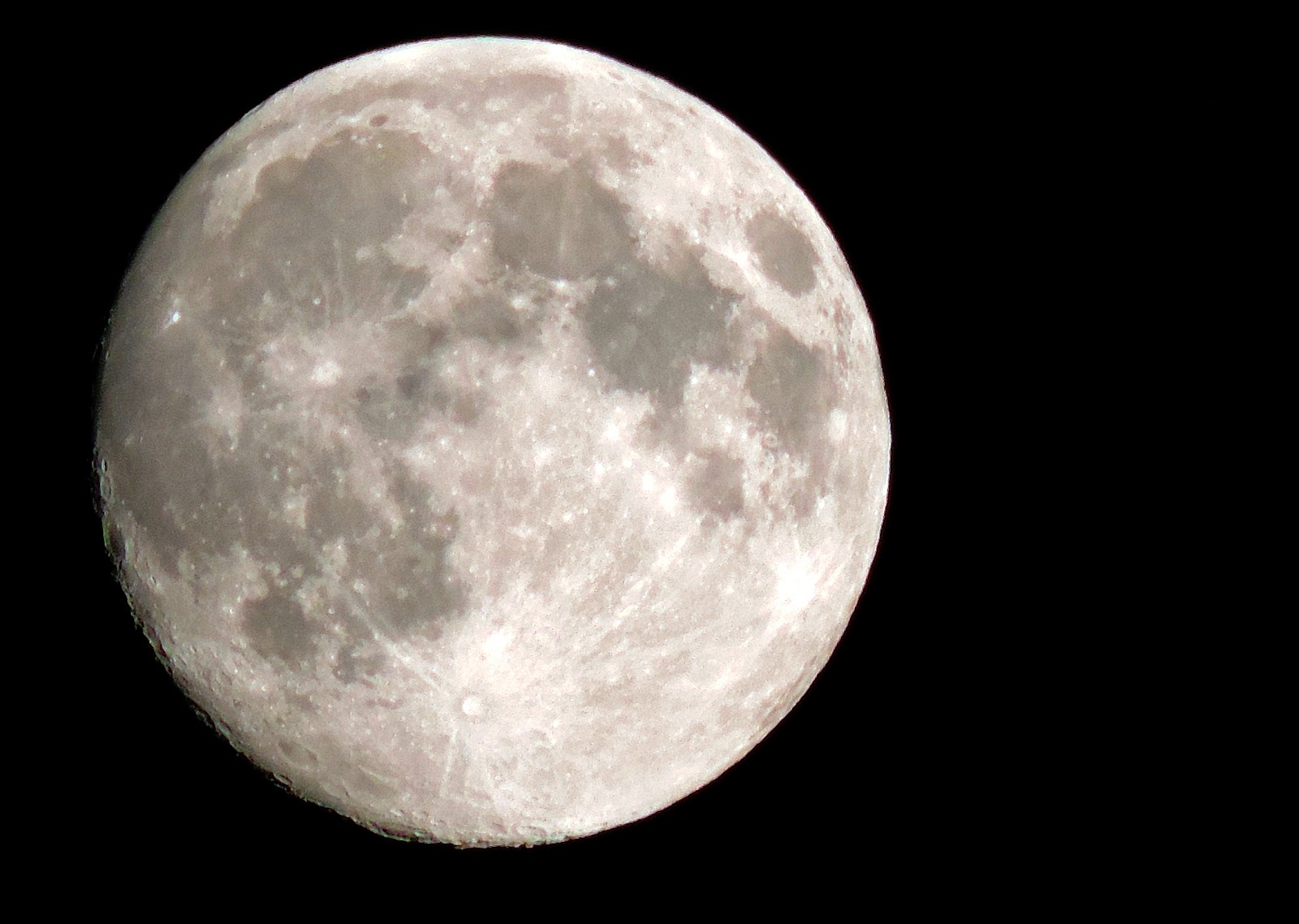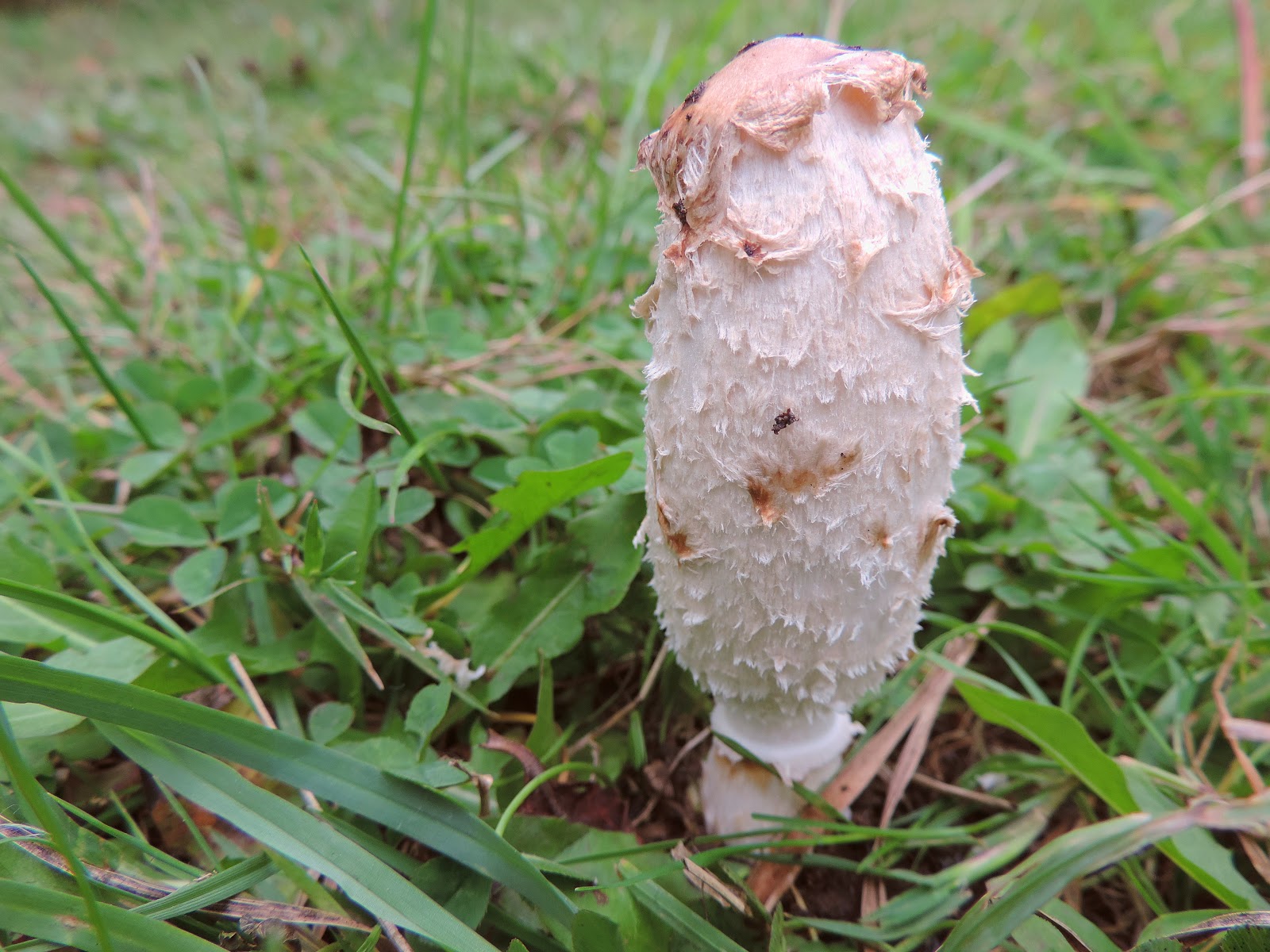Though the Guelder Rose and some Acers have been blazing the trail of autumnal hues since early August, it is in the last couple of weeks that a general colour change in the landscape has gone from insistent to overwhelming.
Left: Guelder Rose and Acers earlier in the month, blazing the trail for autumnal hues. Right: Watermills Wood, autumn now overwhelming the landscape.
The darker evenings mean that there is now little chance of long focus shots of birds on the wing or even static shots of small birds, fortunately some larger birds rest sometimes. I have noticed that Herring Gulls (or a close relative as they seem smaller and sleeker) now equal black headed gulls in number on the Apedale Road pool. I know little of the movements of these birds, so whether they have moved here due to cooler weather or due to some feeding opportunity or just by chance I cannot say.
There is a variety of fungus to be seen in Apedale at present, though the quantity in any one place never seems to be very large. The most frequently found ground fungus must be the Common Yellow Russula, though for quantity of fruiting bodies the Honey fungus has it. The Honey fungus, of course, grows on wood, but is often seen on the ground at the base of trees and even fence posts.
Left: Russula ochroleuca (Common Yellow Russula), classic yellow ochre colour. Right: Armillaria mellea (Honey Fungus), growing at the base of a tree.
The best fungus find I have had so far was some very impressive Oyster mushrooms growing in the hollow of a Sycamore, each one was about twenty centimetres across and condition was perfect. These mushrooms are good to eat and one would have been enough for a generous serving. As there were only three and as these are the only examples I have seen, I left them where they were growing. I will keep a close eye on the tree though. Quite a large area of the hollow was covered with a white growth that I think may be growing spores. There may be much more to come.
Though Oyster mushrooms are seen growing on dying trees, it is not thought that they are parasitic, they simply feed on decaying wood rather than cause wood to decay. Honey fungus, on the other hand is parasitic and destructive.
Above: Very impressive Oyster mushrooms (Pleurotus ostreatus ) in perfect condition, growing in the hollow of a Sycamore. I am hoping this is just the beginning.
Also impressive in size is the Birch Polypore. The polypore grows all year round, but there seems to be a flush of new growth at the moment, there are certainly some pristine examples around just now. The Birch Polypore was apparently used both as a razor strop and as a wound dressing in the past.
Above: A pristine Birch Polypore (Piptoporus betulinus). They have a lovely velvety feel when in this condition.
A walk through the woods near the Wood Lane pool revealed more fungi. I recognised one as Fly Agaric, the other I had to look up. This second fungus was a type of puffball or stemless mushroom, but was not smooth like those I have a little familiarity with. These turned out to be Common Earthballs. The Common Earthball is poisonous, unlike many of the puffballs.
Left, Fly Agaric (Amanita muscaria) and right: Common Earthball (Scleroderm
I was walking the track from Apedale Road into Watermills Wood late one evening, when an airborne yellow object caught my eye. I thought it was a falling birch leaf tumbling in the breeze, then I thought it might be a butterfly, then I thought it was a birch leaf again. I investigated anyway and it turned out to be a moth. I managed to get some photographs despite the poor light. I have since found out that this was a Brimstone moth, as it is a night flier I was lucky to have what light I did. The Brimstone is around from April to September so that autumn leaf disguise has only been useful for a week or two.
Opisthogra
There is always something particularly entrancing about the experience of something familiar doing something unexpected. I have had a couple of 'chroma shocks' recently, where very familiar plants have appeared in very unfamiliar colours. The first shock was a bright one, Rose Bay Willow Herb in outrageous autumn colours. Elsewhere along the footpaths there are stands of this plant, green at the bottom yellow in the middle and red at the top, bright as an upside down Ethiopian flag. The other colour surprise was seeing perfectly even blue-black rose hips near Loomer Road.
Left, Rose Bay Willow Herb in outrageous autumn colours set off by a background of still green leaves. Right, perfect blue-black rose hips on what is probably Rosa canina.
I was very lucky one day when out on a morning run. I have written more than once about the difficulty of trying to photograph the large hawker dragonflies which never seem to land in daylight. I have gone out early in the morning, when they are supposed to be less active, but have failed to find any at all. This particular morning, not particularly early, I found a Southern Hawker soaking up the sun in the trees near the main pool in Miry Arena. As I was running, I had only my compact camera with me. The compact is excellent just so long as one can get close enough, so it was with more than a little nervousness that I approached the magnificent insect. As it happened I managed a few different angles and he was still perched when I left.
A magnificent Southern Hawker soaking up the sun in the small oaks bordering Miry Arena. This image demonstrates quite well how an insect that is very brightly coloured, can actually be surprisingly well camouflaged in the right environment. There is an image from another angle in the dragonfly gallery here.


























